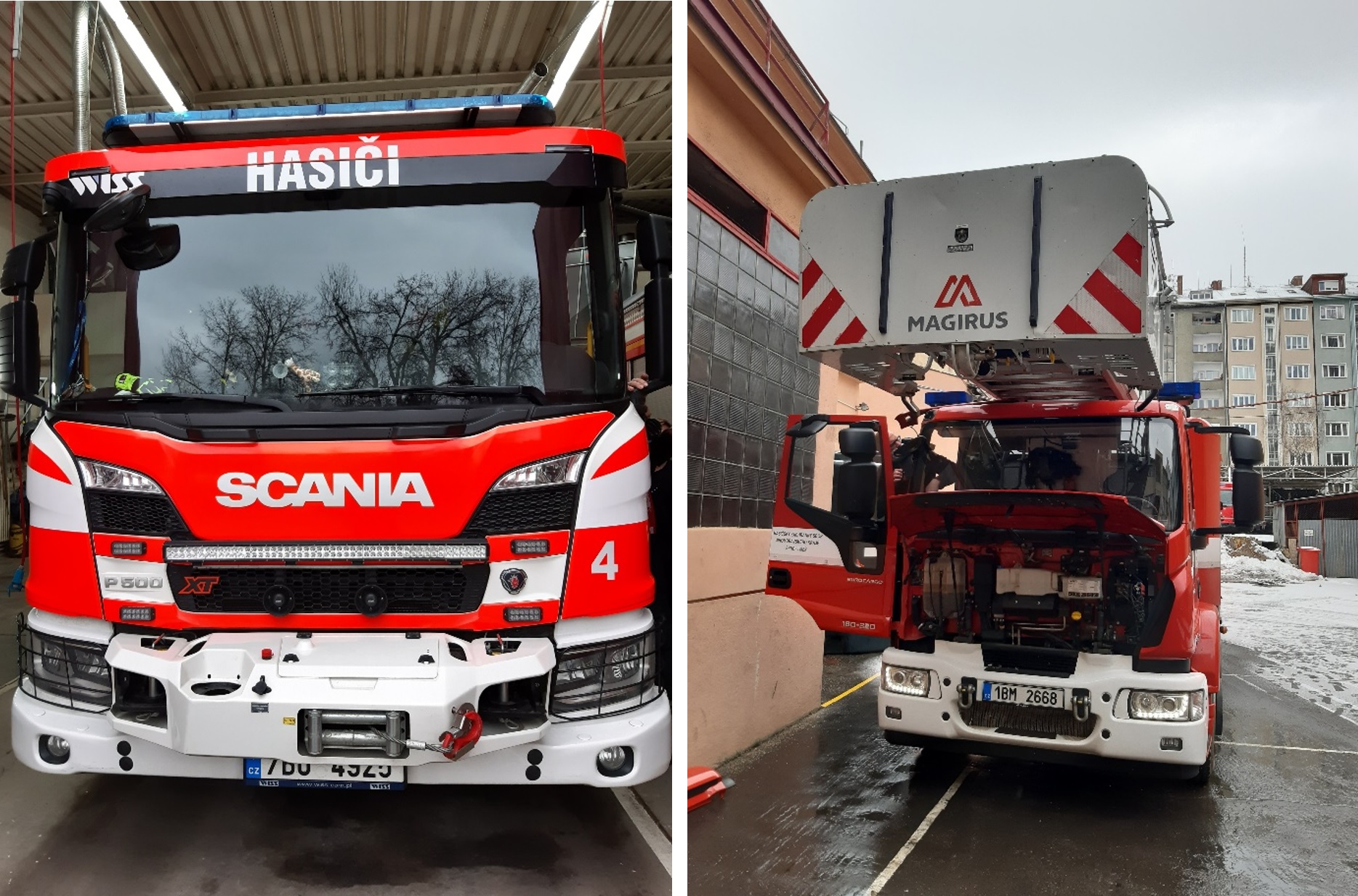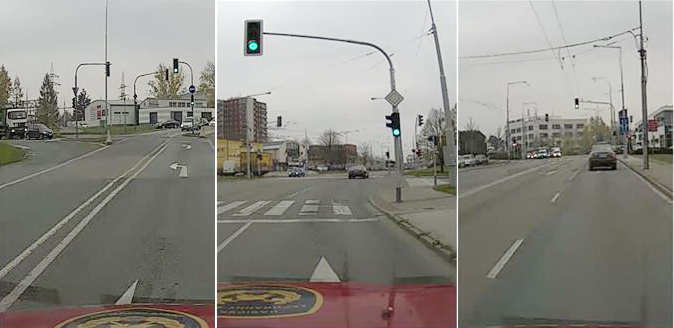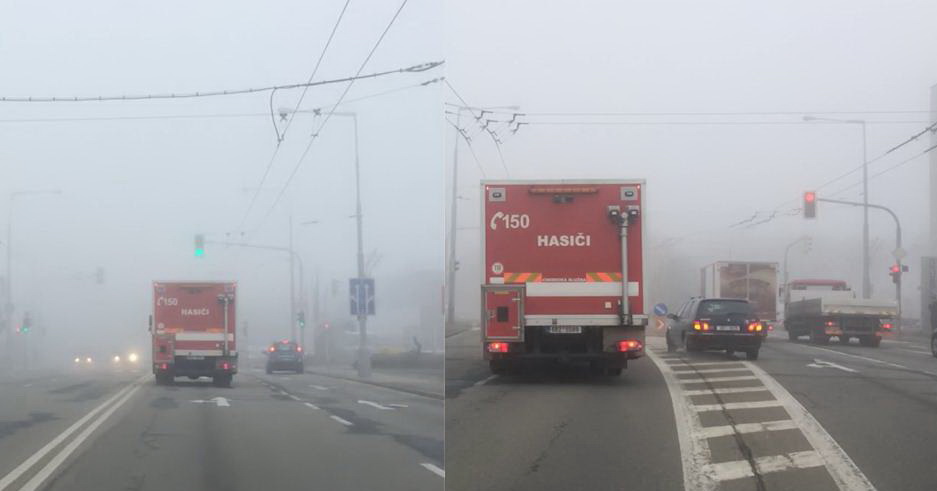Priority for the Fire Rescue Service in Brno
- Articles and technical information
- Articles
At the turn of 2020/2021, we completed the installation of C-ITS preference units in 13 vehicles of the HZS JmK (Fire and Rescue Service of the South Moravian Region). In total, we have supplied 15 UCU 5.0V units, specifically designed for installation in fire vehicles and beyond. These units provide absolute priority to fire trucks at intersections in Brno. They were installed on all first-response vehicles, including tankers, commander vehicles, rescue vehicles, and ladder trucks, ensuring the units were compatible with various vehicle types, from passenger cars to heavy machinery.
The delivered units meet the latest requirements for C-ITS systems, utilizing secure communication and being registered in the PKI C-ROADS. The system has been in operation for several months, and in our opinion, it has proven its effectiveness.
 This project marks the culmination of a long-term collaboration with the Fire and Rescue Services, which began in 2017 with testing on vehicles. Our cooperation with the HZS JmK began at the end of 2016 when we were already developing the first units with V2X (C2X) communication. We worked together to define the vehicle preference parameters for the Fire and Rescue Services. Practical tests commenced that fall.
This project marks the culmination of a long-term collaboration with the Fire and Rescue Services, which began in 2017 with testing on vehicles. Our cooperation with the HZS JmK began at the end of 2016 when we were already developing the first units with V2X (C2X) communication. We worked together to define the vehicle preference parameters for the Fire and Rescue Services. Practical tests commenced that fall.

These tests led to the implementation of the "communication preference node", where a series of three consecutive intersections were experimentally connected to the preference system. The images below show a vehicle from the HZS passing through an intersection with active emergency preference (left image), causing the intersection to be "cleared," and the vehicle receives a green light. On the fourth intersection, where the preference was inactive (right image), the HZS vehicle had to pass through slowly and against the traffic. The delay for the vehicle to reach the emergency site was approximately 10 seconds.

In 2018, we initiated the RIS II project, which introduced vehicle priority through V2X communication for public transport. Subsequently, as part of the C-ROADS project, we created a unified priority system for both emergency vehicles and public transport vehicles at intersections. This resulted in a unified system for priority based on the European C-ITS standard. This integration created a unique and the largest priority system in Europe, involving approximately 750 public transport vehicles and around 100 intersections (90 of which were supplied by Herman), and now 15 Fire and Rescue Service vehicles.
In 2019, two first-response vehicles were equipped with UCU 5.0V communication units as part of a delivery of new vehicles. More details can be found here. The article includes a video from a test drive and another video following the images in Figure 3.
New methods for verifying emergency priority continue to be developed. One of the development goals was to ensure the passage of not only "solo" vehicles but also to address scenarios where a convoy of vehicles is responding to an emergency. In such cases, the RSU unit at the intersection must recognize this situation and ensure priority so that the entire convoy can pass safely through the intersection (both the first and last vehicles must enter and exit the polygon safely). This test could only be conducted after 15 Fire and Rescue Service vehicles were equipped with communication (priority) units UCU 5.0V.

The installation of 15 preference units in Fire and Rescue Service vehicles marks the completion of one stage in establishing vehicle priority for first-response vehicles. The next phase will undoubtedly involve expanding this priority to all intersections in the city of Brno. We are confident that this system will provide a safer and faster passage for Fire and Rescue Service vehicles to emergency scenes, thereby increasing the safety of Brno and the South Moravian Region's residents. After all, human lives often depend on seconds, and these seconds can be gained by emergency vehicles safely passing through intersections controlled by priority through V2X. The timely rescue of a single human life can significantly impact the quality of their life and result in substantial cost savings in terms of medical treatment.
